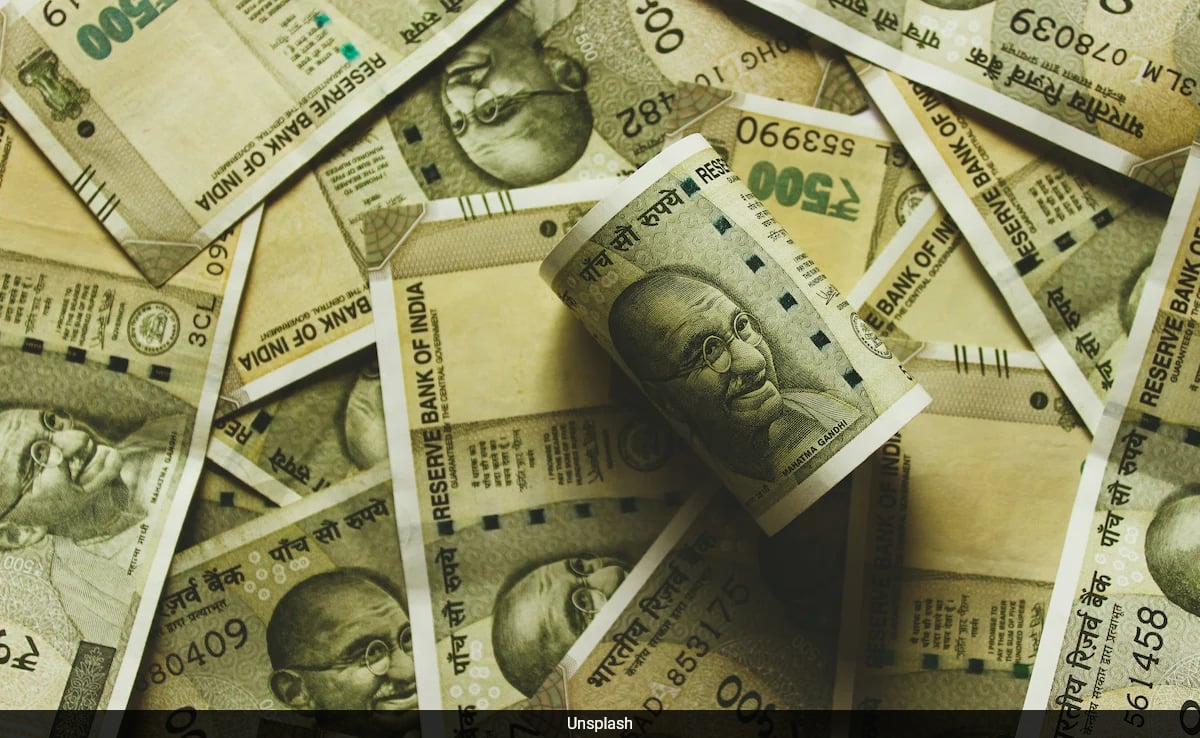Tax Reforms Spark Debate on Income Inequality

In a recent budget speech, Finance Minister Nirmala Sitharaman announced significant changes to the income tax regime in India. The new policy states that taxpayers earning up to Rs 12 lakh will not be required to pay income tax. This announcement has generated a flurry of reactions online, from excitement to humor, as people took to social media to express their views. Memes flooded the internet, poking fun at the situation, particularly for those earning above Rs 12 lakh. Amidst the laughter, a serious discussion about income inequality in India emerged, highlighting the stark contrast between different income groups.
The New Tax Regime: A Game Changer?
The new tax regime introduced by Nirmala Sitharaman aims to provide relief to a significant portion of taxpayers. By exempting those earning up to Rs 12 lakh from income tax, the government hopes to ease the financial burden on middle-income earners. This move is expected to benefit a large number of salaried individuals, particularly in the wake of rising living costs.
However, the announcement has also sparked debates about the implications of such a policy. Critics argue that while the tax relief is welcome, it does not address the broader issue of income inequality in the country. Many individuals in non-IT sectors find it challenging to reach a salary of Rs 12 lakh even after years of experience. This disparity raises questions about the true definition of middle class in India. As discussions unfold, it becomes clear that the new tax regime may not be the panacea for all economic woes, but it certainly has ignited conversations about wealth distribution and social equity.
Social Media Reactions: Humor and Seriousness
The internet reacted swiftly to the announcement, with memes and jokes circulating widely. Many users humorously pointed out that those earning above Rs 12 lakh might no longer celebrate salary hikes, as they would still be subject to taxes. However, amidst the laughter, a more serious conversation emerged. An X user highlighted the income inequality in India, stating that for many in non-IT fields, a salary of Rs 12 lakh is a distant dream. This post resonated with many, sparking discussions about the realities faced by different professions.
The debate intensified when another user claimed that anyone earning less than Rs 60 lakh per annum is “poor.” This statement ignited a flurry of responses, with some agreeing and others vehemently opposing the notion. The conversation quickly shifted from mere salary figures to a broader discussion about wealth and lifestyle. Many users began to define class not just by income, but by overall wealth, including assets and liabilities. This shift in perspective highlights the complexity of defining economic classes in a diverse country like India.
The Class Divide: Understanding Wealth in India
The discussions surrounding the new tax regime have brought to light the complexities of class and wealth in India. One user pointed out that income tax slabs can serve as a benchmark for categorizing individuals into different economic classes. According to this perspective, those earning below Rs 4 lakh are considered low-income, while those earning between Rs 4 lakh and Rs 12 lakh fall into the lower middle class. However, the classification becomes murky when discussing higher income brackets.
Some users argue that individuals earning between Rs 60 lakh and Rs 1 crore should be classified as middle class, while others contend that true wealth requires generational assets. This debate illustrates the varying perceptions of what it means to be “rich” or “middle class” in India. As the conversation continues, it is evident that the new tax policy has not only provided financial relief but has also opened the door to a deeper examination of economic disparities and social mobility in the country.
Observer Voice is the one stop site for National, International news, Sports, Editor’s Choice, Art/culture contents, Quotes and much more. We also cover historical contents. Historical contents includes World History, Indian History, and what happened today. The website also covers Entertainment across the India and World.

